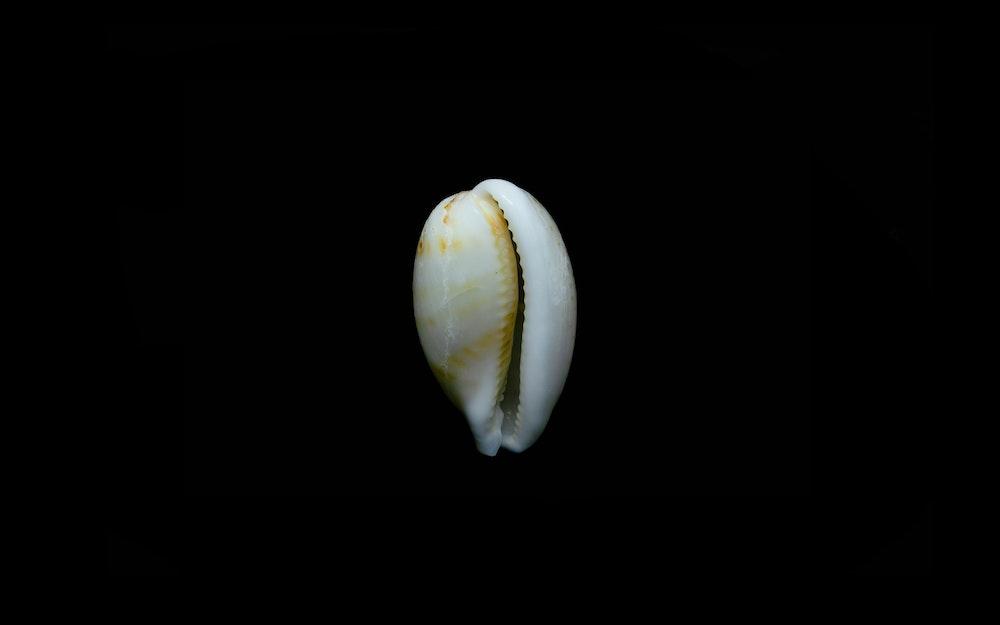The Christina Piercing: Five Things You Might Not Know November 11, 2022 – Posted in: Informative, Piercing Types – Tags: Christina piercing, Christina piercing aftercare, Christina piercing anatomy, Christina piercing healing time, Christina piercing jewelry, Christina piercing pain, Christina piercing prep, Christina piercing process, genital piercing aftercare, genital piercings
Highlights
- The Christina piercing is a purely aesthetic piercing in the genital region.
- It takes a long time to heal, and strict aftercare will be required throughout the entire healing period.
- You must find a reputable piercer for the Christina piercing due to its placement.
- It has a heightened risk of rejection.
The Christina piercing, located at the top of the vulva, is a purely aesthetic piercing that’s gaining in popularity. Meant as a decoration, it has helped many to accept their bodies and celebrate their sexuality. Unlike other piercings placed in and around the genital area, it does not add any pleasure to the bedroom. However, some may find it exciting to see a little sparkle in that area.
Although it does appear in the genital region, it’s technically not a genital piercing. This means that it won’t heal as quickly as other piercings in this area. However, once healed, it offers an alluring aesthetic that you (and your partner) will love.
Before committing to the aftercare process, there are a few things that you should be aware of. Here are five key considerations you should know about the Christina piercing.
1. It takes a long time to heal
While other genital piercings take around two months to heal, the Christina piercing takes significantly longer—minimum healing times are 6 – 9 months.
During the healing period, you need to be able to commit to all aftercare practices and safety measures. Clean your piercing 2 – 3 times daily with a sterile packaged saline piercing aftercare spray. Don’t wear clothes that might snag the piercing jewelry (like lacy panties). Stay away from swimming pools or other standing water throughout the entire healing period, and do your best to keep the piercing dry. Try to avoid any friction, including during sexual activity, as this can contribute to piercing migration and rejection.
You must keep up with all of these practices until a piercer has confirmed that the piercing has fully healed. If you are unsure whether you can commit to such a long aftercare period, then opt for another piercing with a shorter healing time.
Christina piercing fast facts
Healing: 6 – 9 months
Pain: Midway on the pain scale
Jewelry: Curved barbell or L-bar (depending on your anatomy)
2. Not everyone is suited for a Christina piercing
Christina piercings need certain specifications in order to be successful. Due to its location, it is more prone to rejection, so it needs plenty of pliable skin in order to stand the best chance of success. The bottom part of the jewelry should also rest at the top of the vulva, so there needs to be a divot here as well. Furthermore, if your pubic mound is too pronounced, the jewelry might not sit properly on your body, increasing the risk of rejection.
Rather than trying to determine if your anatomy is suitable for a Christina piercing, schedule a consultation with an experienced piercer to have them take a look and see. Consultations are recommended for any genital piercing since anatomy in this area can vary greatly; a piercer will be able to let you know which genital piercings are suitable for you and what to expect.
Your anatomy will also dictate what type of jewelry you can wear in your Christina piercing. You will be fitted with an L-bar, or a curved barbell. Make sure that you stick with the shape that’s best suited to your anatomy. Rejection and migration can occur even in healed piercings, and you must wear jewelry that matches the shape of your body to avoid those types of complications.

Photo by Georgia de Lotz on Unsplash
3. Finding a reputable piercer is key
Although you should always do thorough research in order to choose a reputable piercer for any piercing, it’s especially important for a Christina piercing. The piercer needs to be able to analyze your anatomy and determine whether it’s suitable, they need to pierce you properly so that you avoid piercing migration and rejection, and they need to make your comfort their priority. Getting pierced in this area can be nerve-wracking for some, and the piercer can make or break the experience.
It’s best to choose a piercer that has ample experience with genital piercings. They should be able to show a vast portfolio of successful Christina piercings. This portfolio might not include pictures as some piercers are uncomfortable with photographing genital piercings, but they should at least have plenty of happy customers to point to. Don’t be afraid to ask; a reputable piercer will always be happy to prove their expertise. Besides asking, check out their social media channels and online reviews to ascertain their talent.
A reputable piercer will also ensure that you’re taken care of throughout the process. If you’re unfamiliar with the terminology surrounding the genitals (as many are), they won’t make you feel bad about your ignorance. They will be open to questions and willing to inform you about the piercing area and the process.
If you live in a rural area, finding such a piercer might mean having to travel. Do not go to an inexperienced piercer just because you can’t afford a plane ticket; saving up to get a proper piercing is much better than being pierced unsafely.
To ensure that you get the piercer that you need, view our full guide on finding a reputable piercer here.
Christina piercing aftercare
Perhaps surprisingly, the Christina piercing (and all genital piercings for that matter) will adhere to the same aftercare practices as any other piercing. Using a sterile packaged piercing aftercare saline solution, simply clean the piercing 2 – 3 times daily. You can do so by spraying a clean paper towel or cotton swab and gently cleansing the entry and exit holes of the surface piercing. Avoid dampness, keep the jewelry as still as possible, and avoid any product besides saline solution throughout the healing process to prevent any complications.
4. Migration and rejection are common
Migration and rejection are very common in any surface piercing, and while many piercers do not characterize the Christina piercing as a surface piercing, it shares many of the same traits, including the propensity for rejection. The movement in the area, in addition to the fact that the Christina sits in a very small lip of tissue, makes it more prone to migration, rejection, and healing complications.
While choosing a reputable piercer is one way to avoid rejection and migration—if the piercing isn’t placed properly, it increases the likelihood of rejection—there are plenty of other reasons why your piercing might start to reject. Rejection can be caused by trauma, jewelry that’s the wrong size, or friction from movement.
As your piercing is healing, wear snug cotton underwear that’s not too tight. Keep an eye on the jewelry; if the jewelry appears to be pressing into the skin or is too long, visit your piercer to be fitted with a better piece. Avoid any contact, including sexual, that will cause the jewelry to move around too much.
Once your piercing has healed, there’s less of a chance of rejection, but it’s still there. Throughout the life of your piercing, avoid trauma, try to keep it still, and make sure that you are wearing jewelry that’s the proper size and shape.
Signs of piercing rejection include enlarged piercing holes (an enlarged top hole in a Christina piercing is pretty common), red, flaky skin around the piercing site, and skin that’s become thinner around the piercing site. If you see any of these symptoms, visit your piercer immediately. Unfortunately, if your piercing is rejecting, it’s likely that you will need to take out the jewelry and let the piercing heal.
5. Choosing proper Christina jewelry is imperative
When your Christina piercing has fully healed, you’ll probably be excited to shop for new piercing jewelry. After all, the Christina piercing is all about decoration! However, you must choose jewelry that’s the proper shape, size, and style, both for your comfort and the safety of the piercing.
You will be able to get exact jewelry specs from your piercer. It must be the exact length and gauge that your piercer tells you; jewelry that’s too small may embed in your piercing, and jewelry that’s too large might move around and press against the piercing holes. All of these issues may lead to rejection.
Furthermore, it must be the proper shape best suited to your anatomy. The key to a successful Christina piercing is wearing jewelry that fits your body. If you have incorrectly shaped jewelry, it will press and pull against your piercing holes, contributing to trauma and rejection.
Finally, you should choose barbell ends that are comfortable to wear. Ball ends at the top of the jewelry are often uncomfortable and can easily snag against lacy underwear. Instead, choose disc ends or cabochon gemstones that offer a flusher fit.
The Christina piercing is an adorable piercing choice that promotes body positivity and can add a little more excitement to the bedroom, even if it’s just aesthetic. But, the long healing period and propensity to reject make it a difficult piercing to heal. Make sure that you fully conduct your research, and fully consider whether you can commit to the long aftercare period. If you can, the Christina piercing can be a style that you’ll love for years to come.
Source: The Piercing Bible: The Definitive Guide to Safe Piercing by Elayne Angel with Jef Saunders





